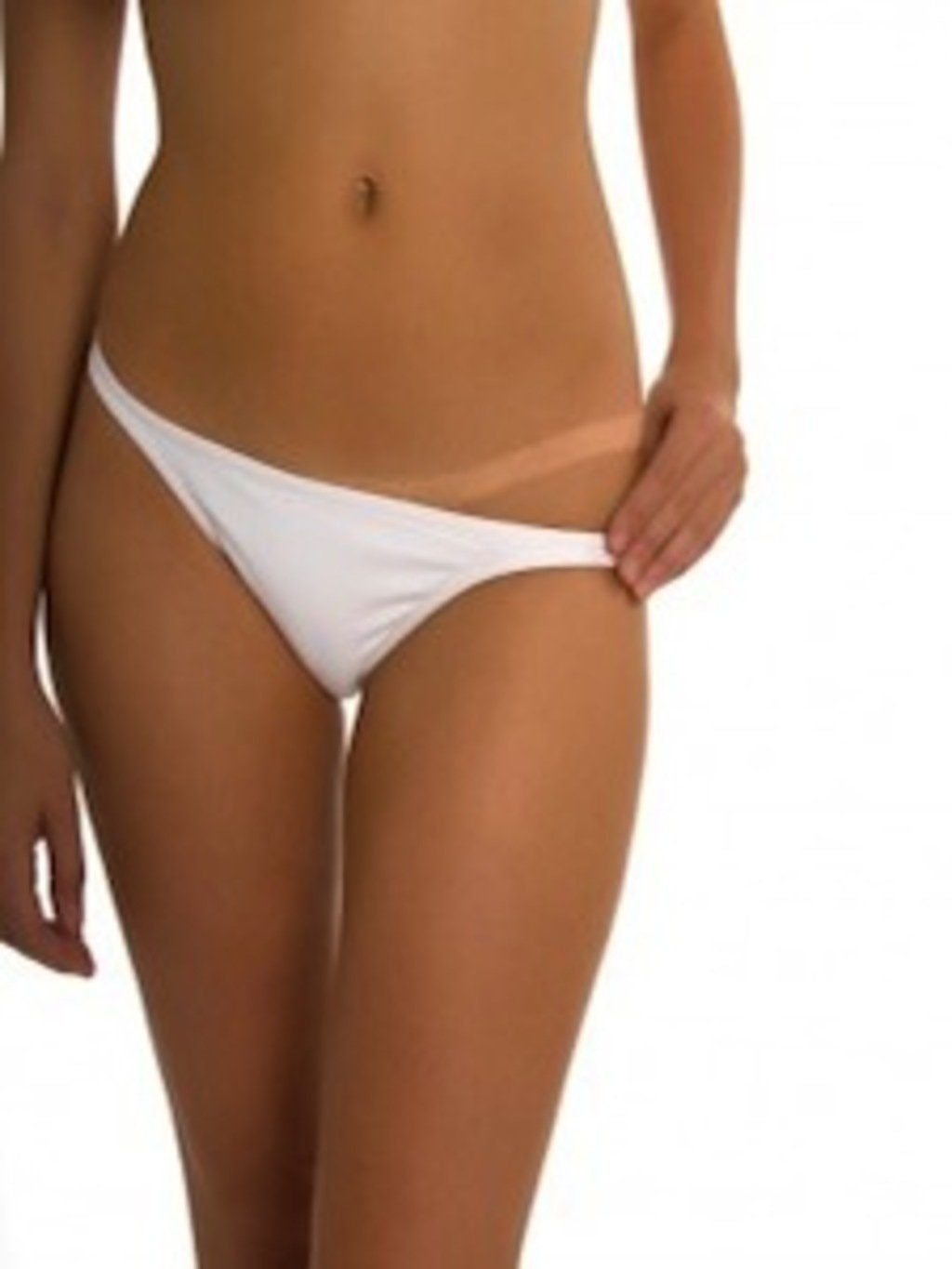Looking “tan” has been a beauty trend for more than 90 years, far out-lasting the majority of trends which seem to change with every season. Tanned skin has stood the test of time, overcome the warnings of health officials and launched a multi-billion dollar industry of self tanning, fake tanning and safe tanning products.
As a society, we haven’t always been attracted to “tan” skin. In the U.S. during the 1800’s and early 1900’s, clothing covered 90% of a woman’s body making a tan nearly impossible. Tanning of the face and hands indicated too much time laboring in the sun and lily-white skin was coveted as a sign of prominence and wealth. Sunlight for ladies was seen as “dangerous” when a paper by Dr. Edward Woodruff indicated that American women were a “bundle of nerves” due to “too much light.” Beauty icon, Coco Chanel, and her accidental sunburn while on a trip to the French Riviera in the 1920’s, is rumored to be the start of the tanning revolution. Upon her return to the U.S., her sunburn turned into a golden tan and her fans loved the look, associating it with luxury and independence. This timing corresponded with the medical world making discoveries about the healing power of light and the sun, lending us the term “healthy tan”. Over the past 9 decades, we have learned more about the dangers of over-exposure to sunlight, but that hasn’t changed our love for the “tan”.
In 2013, despite all the warnings and research related to sun exposure and resulting skin cancer, people still choose to be “tan”. In addition to sun bathing the old fashioned way-outside- an estimated 1 million Americans frequent tanning salons every day. Most people know the long-term hazards of frequent sun exposure. Ultraviolet rays can do serious, even life threatening damage to one’s skin. In the winter months, tanning salons are even more popular due to the lack of a “natural” alternative. The lure of the “tan” is so strong that countless people continue to bake in the sun — even some melanoma survivors, according to a paper presented at the American Association for Cancer Research’s annual meeting in Washington, D.C.
Why do we love it so much? There are a number of reasons…We still believe in a “healthy tan”… We think a little color looks better on us… We associate a tan with relaxing and vacation…A tan makes us feel like we are still covering up, even when our bare legs, arms and waists are exposed…Tanning is an addiction.
You read that last one right. Tannig can be an addiction called Tanorexia.
A recent study found that individuals who tanned frequently reported that tanning is relaxing, improves their mood and makes them feel like they look “healthier”. A positive reward from a specific behavior such as sun bathing is what drives an addict’s nature. Sherry Pagoto, PhD, an associate professor of medicine in the division of preventive and behavioral medicine at the University of Massachusetts Medical School, has been studying tanning behaviors for more than 10 years. She said, as with other addictions, many people tan as a way to escape reality or to cope with depression. “A lot of them are doing it as a way to relieve stress after classes, or after work, as a way to wind down. It isn’t because it makes you look better,” she said. Dr. Pagoto also believes what may be driving many of these addicts is a quick fix, and the rush of brain chemicals.
A compelling report in the journal Addiction Biology showed that people who frequently use tanning beds experience changes in brain activity during a tanning session that mimics the same brain activity patterns identified in drug addiction. In fact, the research showed that multiple parts of the brain that play a role in addiction were activated when the test subjects were exposed to UV rays. Subjects were able to differentiate between being exposed to Ultraviolet light vs. exposure to light in which the UV component was filtered out. This may help explain why some people continue to tan frequently despite awareness about skin cancer and premature aging and wrinkles.
So, Are You Tanorexic?
Do you need to tan in order to feel good?
Do you avoid going out in public when you are not tan?
Do you feel like you are NEVER tan enough?
Are you tanning more than 8 times in a month?
Do you have anxiety or become agitated if you cannot find a way to tan?
Are you frightened by the idea of quitting tanning?
Tanorexia is a serious condition that can lead to a life threatening problem- melanoma. If you answered yes to even one of the questions above, you might consider seeking addiction counseling. Managing a tanning addiction can be complicated, because it is usually the result of another underlying issue.
Let me know what other beauty trends you would like to learn about in the comments below.


